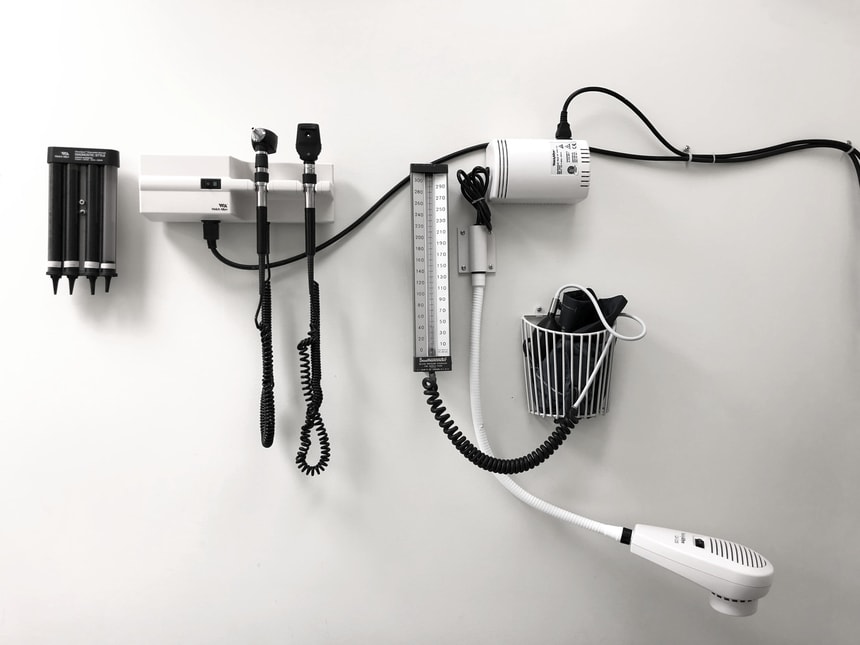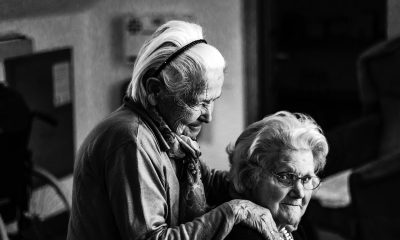Thanks to better healthcare systems and modern medical advances, older adults are living longer than ever before. The World Health Organization estimates people 65 and older will outnumber children 14 and younger as soon as 2050. But as seniors age, many experience mental and physical health declines. Diminished mobility and cognitive function create challenges for the elderly in completing routine activities and staying safe at home.
Home automation systems save the day by making daily living more accessible and allowing seniors to age in place. Many of today’s smart products are designed with simplicity in mind, so the elderly don’t have to fear not being able to use them. Below are 13 essential home automation systems that help reduce accidents in the elderly, and the most popular products in each category.
Better Living
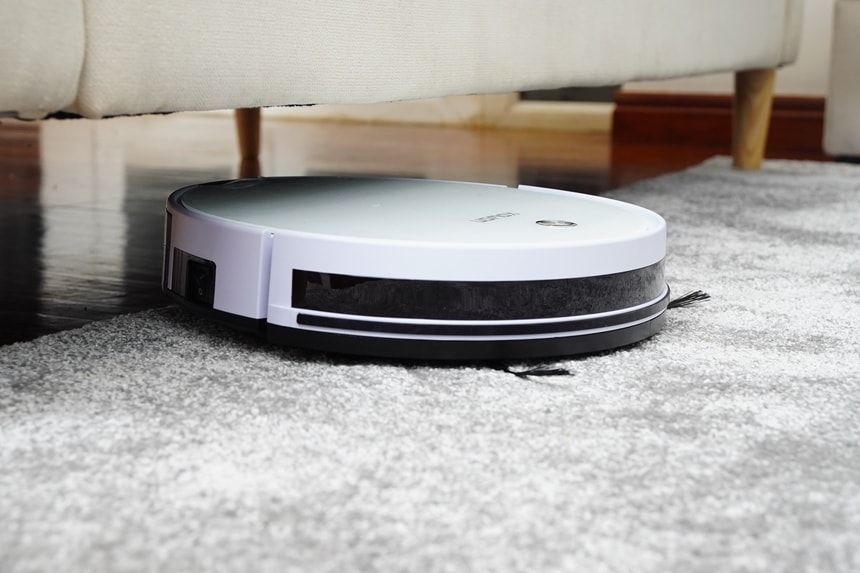
Robot Vacuums
Older adults with mobility problems are the age group benefiting the most from robot vacuums. In fact, for some, they may even seem like a gift from the gods. All seniors need to do is turn them on and let them do their thing. They’re easy to use, efficient, work on multiple surfaces, and are great at their jobs. No longer do aging adults have to lug around a heavy vacuum and risk throwing out their backs or get exhausted from sweeping an entire house. They also don’t have to spend precious dollars on house cleaners. As a bonus, a robot vacuum’s small size makes them easy to store.
Featured products: iRobot Roomba, eufy RoboVac
Smart Fridges
From ice blocks to ordering groceries, fridges have come a long way in the last century. Seniors with limited mobility will love the freedom and convenience offered by smart fridges. It’s especially great for older people who don’t have a license or are afraid to drive.
High-tech fridges generally have a screen that functions both as an interactive platform and a viewing portal to see what’s inside your fridge without having to open the door each time. Seniors can use the screen to order groceries from providers like FreshDirect and have them delivered.
Featured products: Samsung Family Hub Refridgerator
Electric Cabinets
Though this is one item on the list that doesn’t have Wi-Fi or BlueTooth connectivity, it sure is a smart idea for seniors. Trying to grab something out of reach is a significant contributor to falls in the elderly. The elderly can often lose their balance while climbing on chairs or step stools, or they find their limited mobility makes it difficult to get on and off things safely.
Motorized cabinets solve the problem by using simple motors to move cabinets up and down with the push of a button. Combined with assistive devices like walk-in tubs, toilet and stairway railings, and grab bars, aging adults will find their house is well-equipped to help them age in place.
Featured products: Approach Wall Cabinet Lift, E-Z Lift
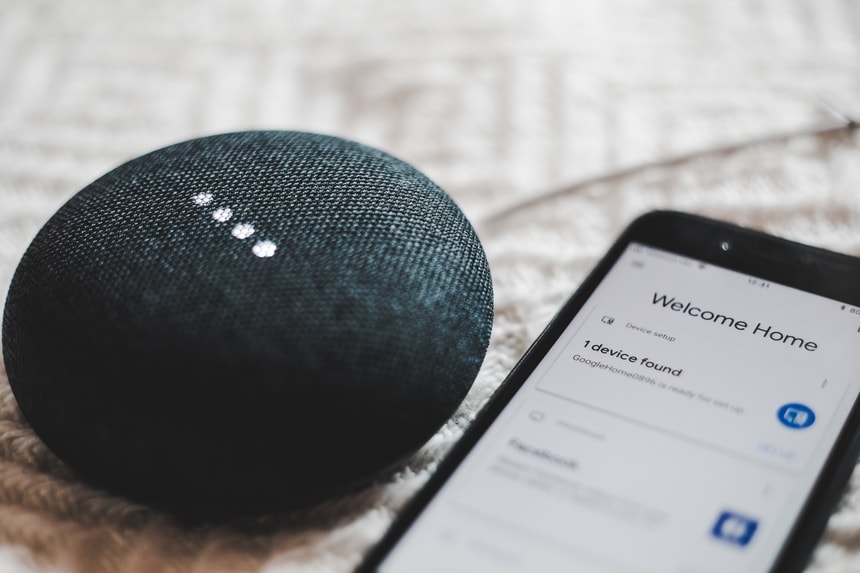
Smart Assistants
Younger generations love smart assistants for their convenience. But for older generations who struggle getting around the home or find it challenging to go from sit-to-stand positions, they’re lifesaving. Smart assistants decrease the risk of falling by making it possible to do activities like make calls, adjust thermostats, lock or unlock doors, and control the lights with just a voice command. Seniors can even access entertainment options, such as playing music or having an e-book read to them.
Featured products: Alexa Smart Hub, Apple HomePod
Read More: Elder Care Robots to Care For The Elderly
Personal Health
Smart Pill Dispensers
It’s not unusual for seniors to take a concoction of medications to help with various health conditions and side effects from prescriptions. But, approximately 50 percent of seniors fail to take medications as prescribed. Some of those seniors have dementia, and can miss doses or take extra if they forget they already took their medicine. This may lead to overdoses or other deadly consequences if critical medications like blood pressure pills are routinely missed.
Smart pill dispensers allow seniors and caregivers to separate daily doses for up to a month, and then have the device alert them when it’s time to take their meds. Some pill dispensers keep all pillboxes locked except for the one seniors must take at that time. Caregivers can be alerted if any doses are missed or remotely check the activity log themselves.
Featured products: MedMinder, GMS MED-E-LERT
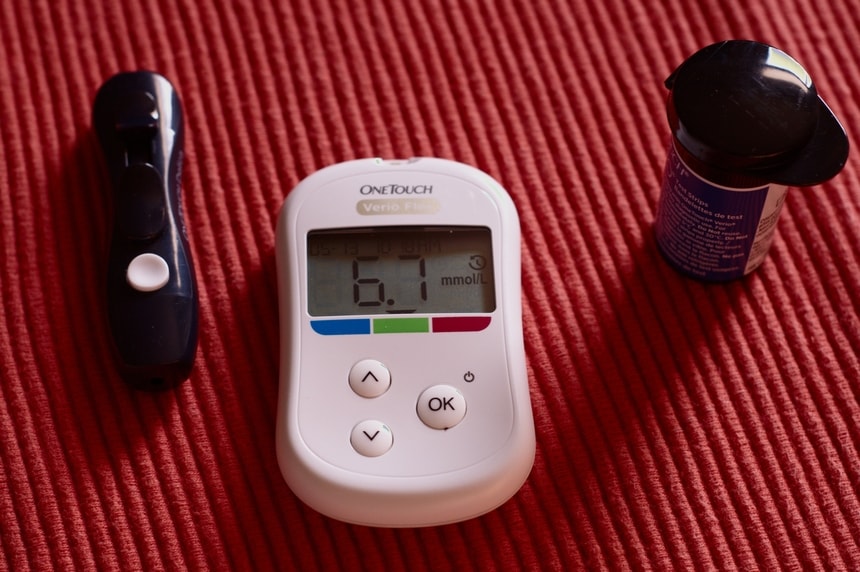
Blood Glucose Monitoring
The CDC reports that around 25 percent of adults 65 and older have diabetes. Wearable devices can detect hypoglycemia at early stages and sound an alarm so that seniors can take action. Some continuous blood glucose monitoring systems detect changes in blood sugar levels by monitoring the skin’s perspiration and temperature levels. Others insert a small and thin sensor into the skin that stays in place with an adhesive.
Seniors might think they can tell for themselves when blood sugar levels might be dropping, but by the time they notice, confusion, dizziness, or lightheadedness may have set already set in. And what if blood sugar levels drop at night? By the time older adults wake up, they could be in diabetic shock or enter a diabetic coma. Monitoring devices sound the alarm as soon as they detect unhealthy blood sugar levels.
Featured products: Diabetes Sentry; Dexcom Continuous Glucose Monitoring
Smart Reminders
Remembering daily to-dos can be hard, especially when nearly 14 percent of adults 71 and older have dementia. Smart reminders allow the elderly or caregivers to record dozens of voice-activated personal reminders that are audible from as far as 100 feet away.
These devices remind older adults when it’s time to take their prescription pills, alert them about any doctor’s or service appointments they have the day, or prompt them to check in with family members to let them know they’re okay. Some smart reminders are great for the visually impaired because they can be operated almost entirely by voice. They also allow users to ask what today’s reminders are so that seniors know what to expect each day.
Featured products: Reminder Rosie
Blood Pressure Monitors
Chronic hypotension can signal something more serious, such as heart failure or severe infection, especially when accompanied by nausea, fainting, or dizziness. Hypertension is also credited as being a silent killer because it doesn’t present any symptoms or signs until after a heart attack, stroke, or heart or kidney failure. Both hypo and hypertension are widespread in seniors.
Blood pressure monitors help individuals monitor their own blood pressure at home, and often work at the touch of a button. They not only tell seniors if their blood pressure is too high or low, but record readings on smartphones, so seniors and caregivers can analyze trends. Some even record ECG measurements (readings of the heart’s electrical activity) and allow users to export all charts for health care providers to see.
Featured products: Withings BPM Core, QardioArm
Safety and Security
Video Doorbells
Gone are the days of having to jump up to see who might be ringing the doorbell. In a rush to get to the door, seniors can trip and hurt themselves. Conditions like rheumatoid arthritis also make it painful to walk to the door. For many seniors, it may not even be safe to answer the door because of the neighborhood they live in or unscrupulous individuals like con artists who prey on the elderly.
Video doorbells let aging adults use their smartphones to see who’s at the front step and talk to them via two-way communication systems. They can also record video and audio each time someone steps within range of the camera. If needed, video recordings may then be used as evidence for authorities. Users can also set up video doorbell systems to alert caregivers when someone is at the house.
Featured products: Ring Video Doorbell 2, Nest Hello
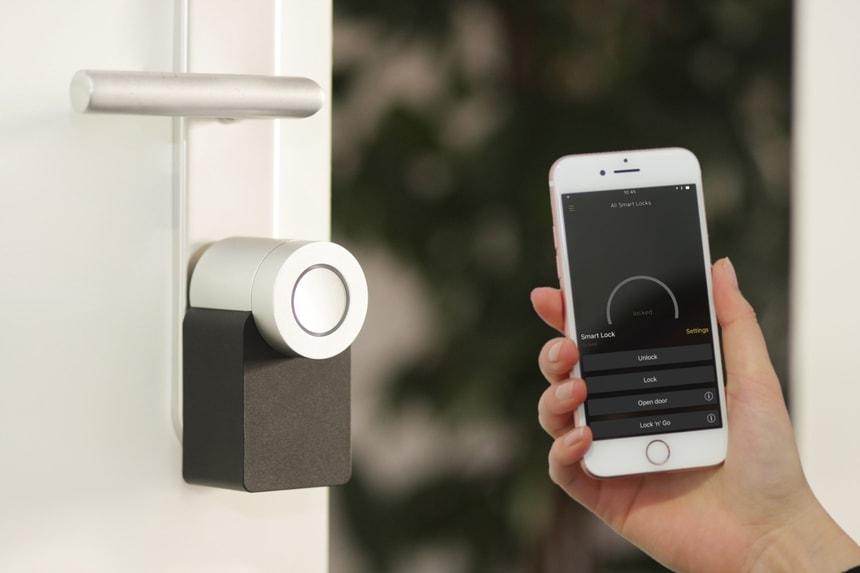
Wireless Security Systems
Wireless video doorbells can be part of a more extensive security network inside and outside the home. Many outdoor security cameras come with motion-activated floodlights. These lights are great when going outside after nightfall, and can prevent tripping on hidden objects when taking out the trash or putting garbage bins on the curb for collection.
Video surveillance systems typically pair with a smartphone app. Seniors can turn on or off outdoor lights, set alerts when something or someone enters into the camera’s range, or sound an alarm either on the camera or the base station to scare off would-be intruders. Video surveillance inside the home can also record evidence if someone breaks in, and security systems with professional monitoring can send for help without ever having to dial 911.
Video surveillance inside the home can also serve another purpose. It’s an easy way for family members and caregivers to check in and make sure everything’s okay. Though this may seem intrusive, it may be a way to allow seniors to age in place while giving the family peace of mind.
Featured products: Ring Alarm, Nest Secure
Fire and CO detectors
Traditional fire and CO detectors have saved hundreds of thousands, maybe millions, of lives since its inception, and are a must-have for everyone—regardless of age. But what happens if dementia patients forget to turn off the stove before leaving home? Or what if a fire starts in the home and smoke makes it difficult to find phones to call for help?
Smart fire and CO detectors not only sound an alarm, but alert emergency dispatch centers and send notifications to designated people when triggered. If seniors want to keep their existing sensors, they can install a “smart listener” instead. Many set up in minutes and don’t require tools or professional installation. Homeowners simply add an extra piece of hardware that listens for the sound of alarms and sends alerts to phones when triggered. Certain detectors connect to a wireless security system, so you don’t have to pay a separate monthly fee for professional monitoring.
Featured products: Ring Alarm Smoke and CO Listener

Medical Alert Systems
Risk of falls are especially concerning in frail or older people, and medical alert systems can signal for help when they can’t. For instance, many seniors experience dizziness or lightheadedness when standing up. This is called orthostatic hypotension and happens because of a drop in blood pressure. If aging adults are knocked unconscious or aren’t able to get to a phone, precious minutes—or even hours—could be wasted as they wait for someone to realize they need help.
Traditional medical alert systems are lifesaving in these situations. But their downfall is that many seniors forget to wear them. Smart medical alert systems remedy the situation by alerting family when pendants aren’t worn, and allow caregivers to use smart assistants to check where loved ones are and how they’re doing.
Featured products: TruSense, GetSafe Medical Alert
Voice-activated lights
Fumbling around in the dark to search for light switches is a recipe for disaster. Seniors coming home in the evening to a dark house, for example, might miss obstacles in their path as they try to reach for the lights. Also, many seniors get up to turn off the lights when they’re ready to sleep, but that means walking back in the dark and potentially hitting a foot on the bed frame or tripping on a slipper next to the bed. Elderly adults with mobility issues might also have a tough time getting up or walking around to turn the lights on or off.
With voice-activated lights, elderly persons can control the lighting for the entire house with just their voice. Typically, the lights work in tandem with smart hubs in the home. All seniors have to do is say what they want to happen, and specific lights in one room (or many) are turned on, off, or dimmed. There’s also no more going around the house in the evening to turn off all the lights before bed.
Some lighting systems let homeowners change the bulb color with a voice command. Others allow for as many as 16 million different light color selections. This can be used, for instance, to help create a soothing ambiance in the hours before bedtime to encourage restful sleep.
Featured products: Philips hue, Wemo
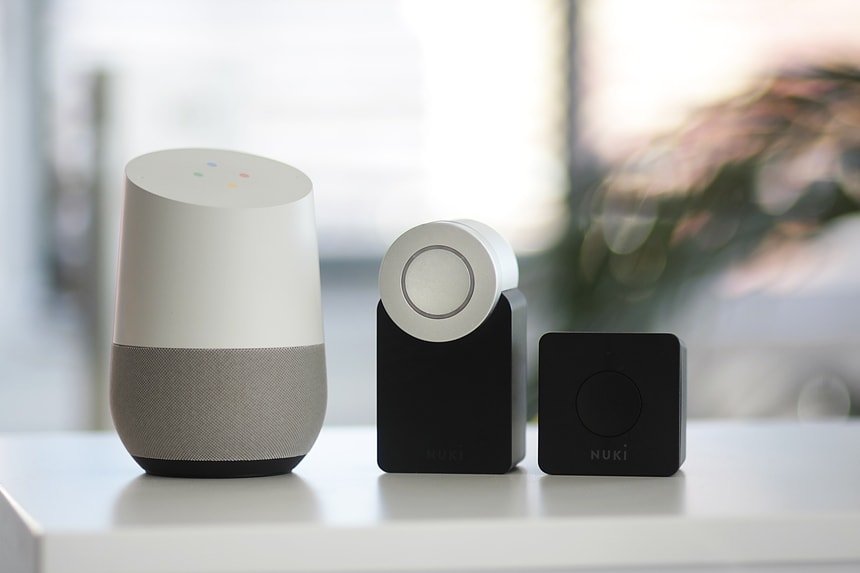
Transition to a smarter home with ease
Bringing home and health up to the 21st century doesn’t have to be overwhelming. With the right home automation products, seniors can decrease their risk of accidents and experience the benefits of technology without frustration.
There are many home automation systems geared toward aging adults that are less complicated to use than mainstream ones. Depending on how complex they are to install, products may offer professional installation that seniors can take advantage of. Technicians set up and test systems, so homeowners and caregivers can be sure they work correctly. Even companies whose products don’t need professional installation usually offer phone support that will walk customers through the installation process.
No matter which systems seniors bring into their home, it’s important companies offer stellar customer service. Customer service agents will be friendlier, more informative, and more patient than companies with poor ratings. With the right help, seniors can age in place and enjoy the comfort and privacy of their home.

